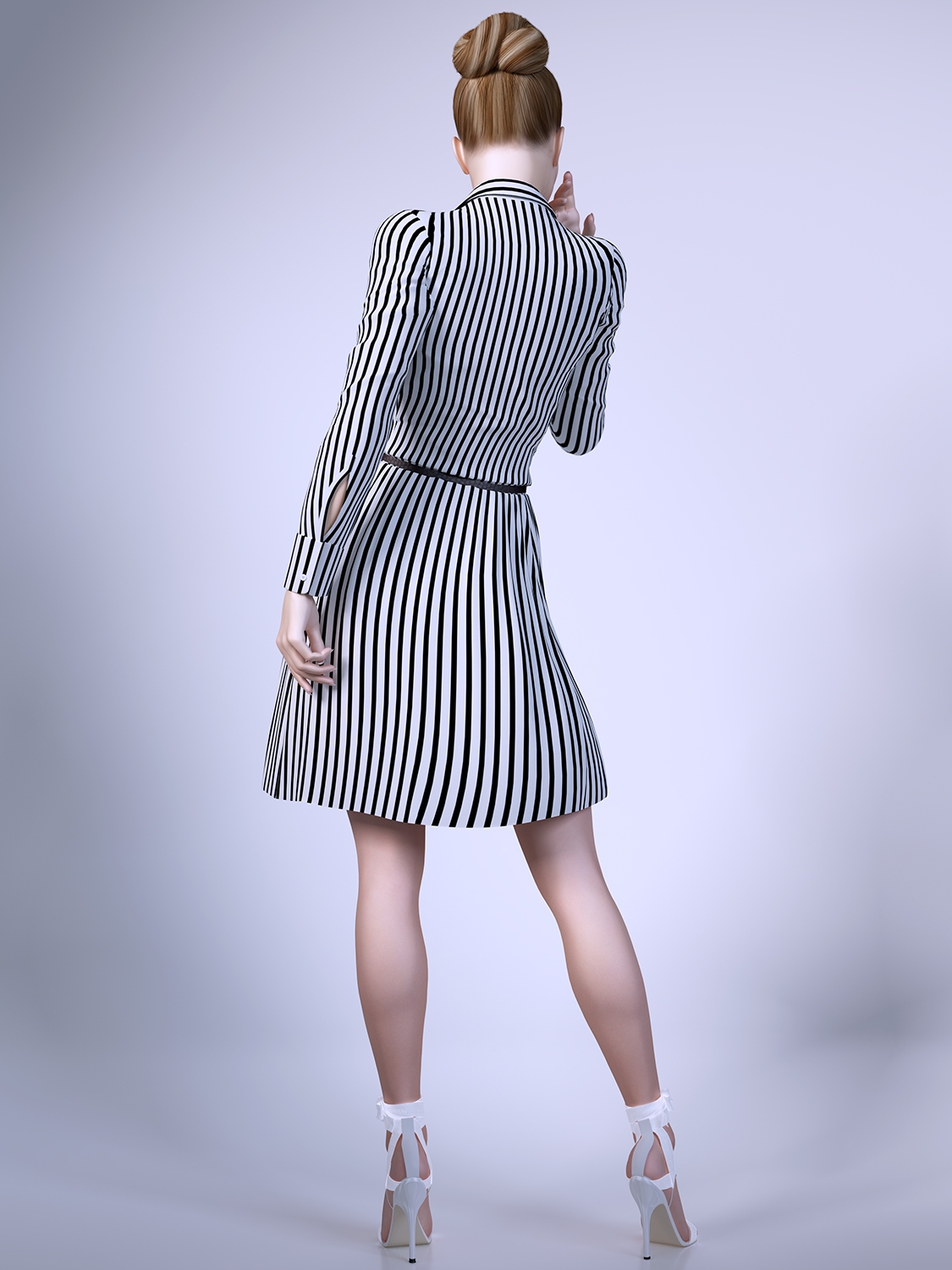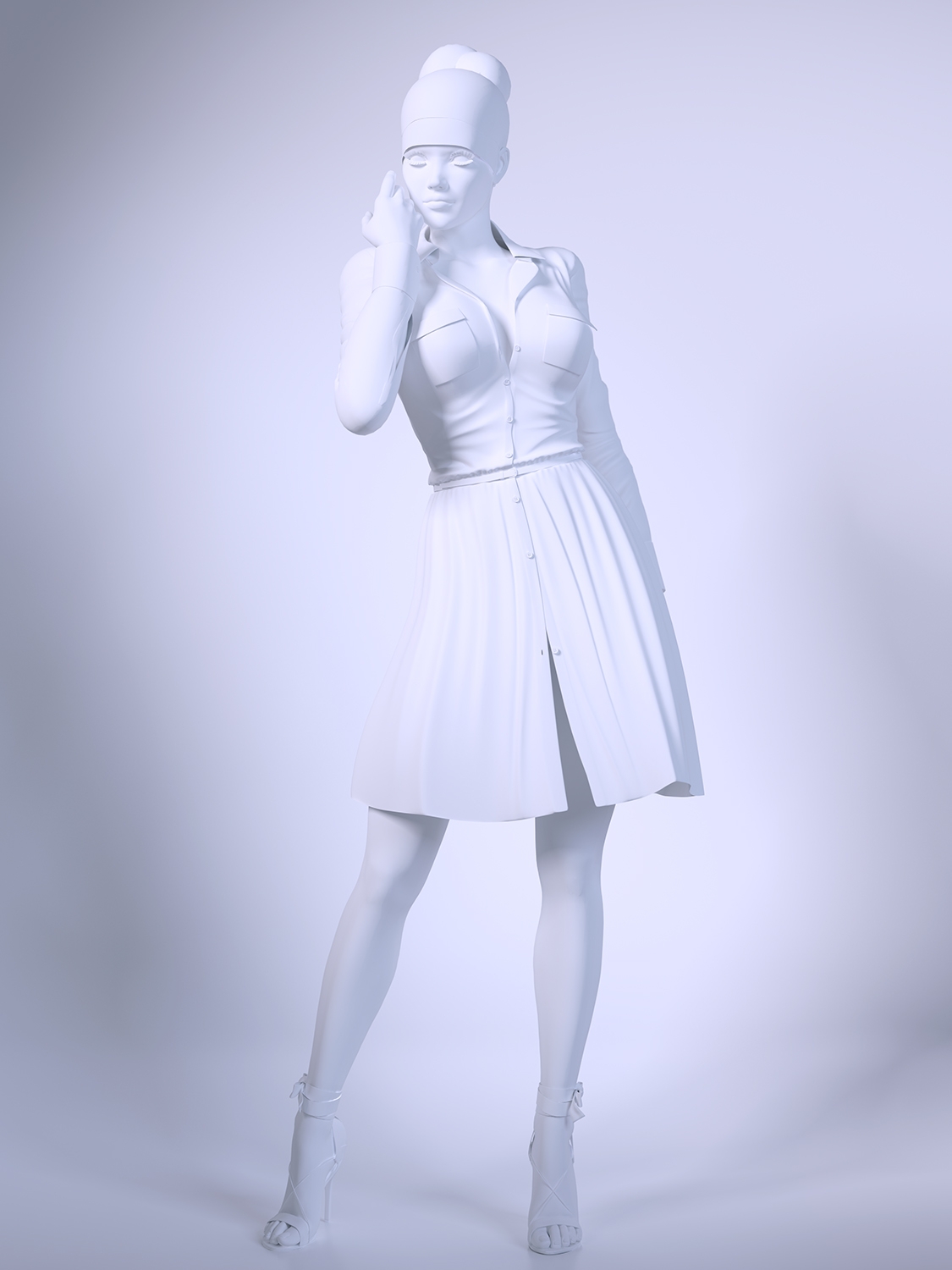Womens dress how to make 3d
3D Clothes Making - Marvelous Designer 2 (), time: 3:35
Create realistic clothing with updated 3D design tool
Dress your CG characters realistically with this process for creating clothes that crease and fold properly.The technology is based on real-world sewing patterns to generate clothes, which is the standard way clothing is made in the fashion industry.The intuitive tools and the well-designed software interface make it easy for everyone in the industry to use MD.
Wrap the tape around tightly when joining the pieces together.E Ella Jan 1, Womens dress how to make 3d Women's clothing catalogs fashion Seven can make it look a bit too packed and it's harder to see the shape of the flake.Go to the next garment which should be on top, Activate it and set it to Layer to 1, then hit Simulate and Freeze.Begin by sketching the design and texture so you have a good idea about the clothing before starting in MD.Single object or multiple objects?
Position the scissors along the bottom fold, and parallel to one of the edges going up to the top your cuts should be somewhat diagonal.I love these creative ideas.You should end up with a square folded into a triangle.Not Helpful 89 Helpful Join 3 of the completed rolled pieces together at one end and staple together using the other hand.What is the maths involved in making this?
Create 3D clothes with realistic creases and folds

However, the new version's strengths lie elsewhere.Help answer questions Learn more.In the 3D View right-click on the pocket pattern and choose Superimpose Over , then run the simulation.Be careful using scissors.IV Ivryn Vasquez Dec 14, You can mix and match different paper colors, but stick to the same type printer, construction, origami to avoid lopsided snowflakes.


JP Jean Pickering Dec 13, Add extra details using the MicroMesh and the NoiseMaker.There are some downsides: You can also use tinfoil or glitter paper.It won't break and hurt anyone, and it is easily replaced if a child crushes it.Go for at least 6 inches 15 cm on each side for best results.